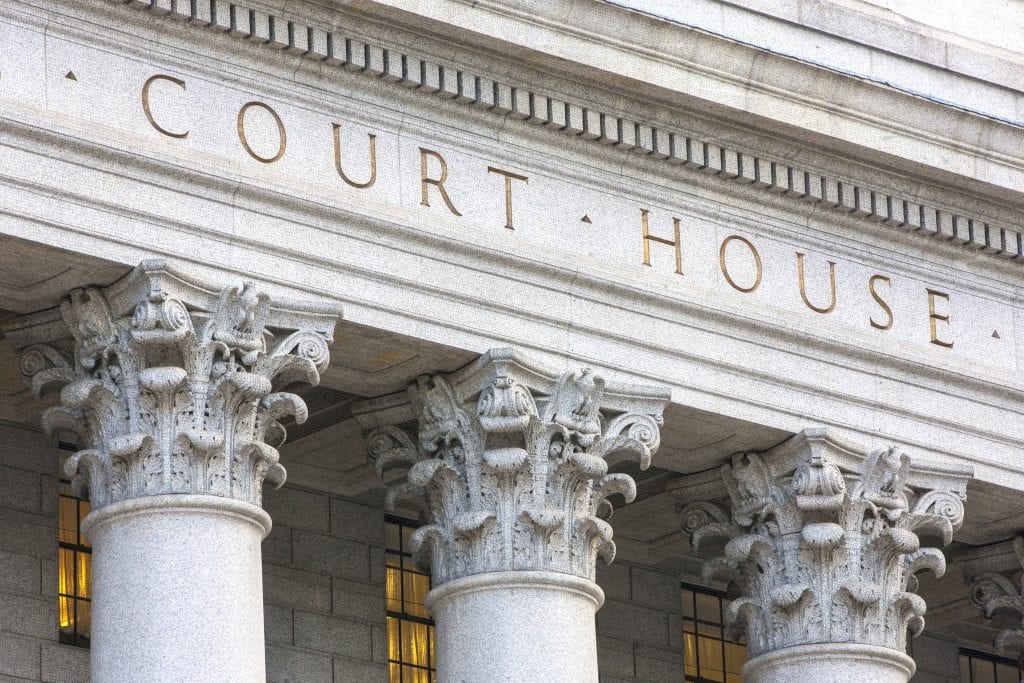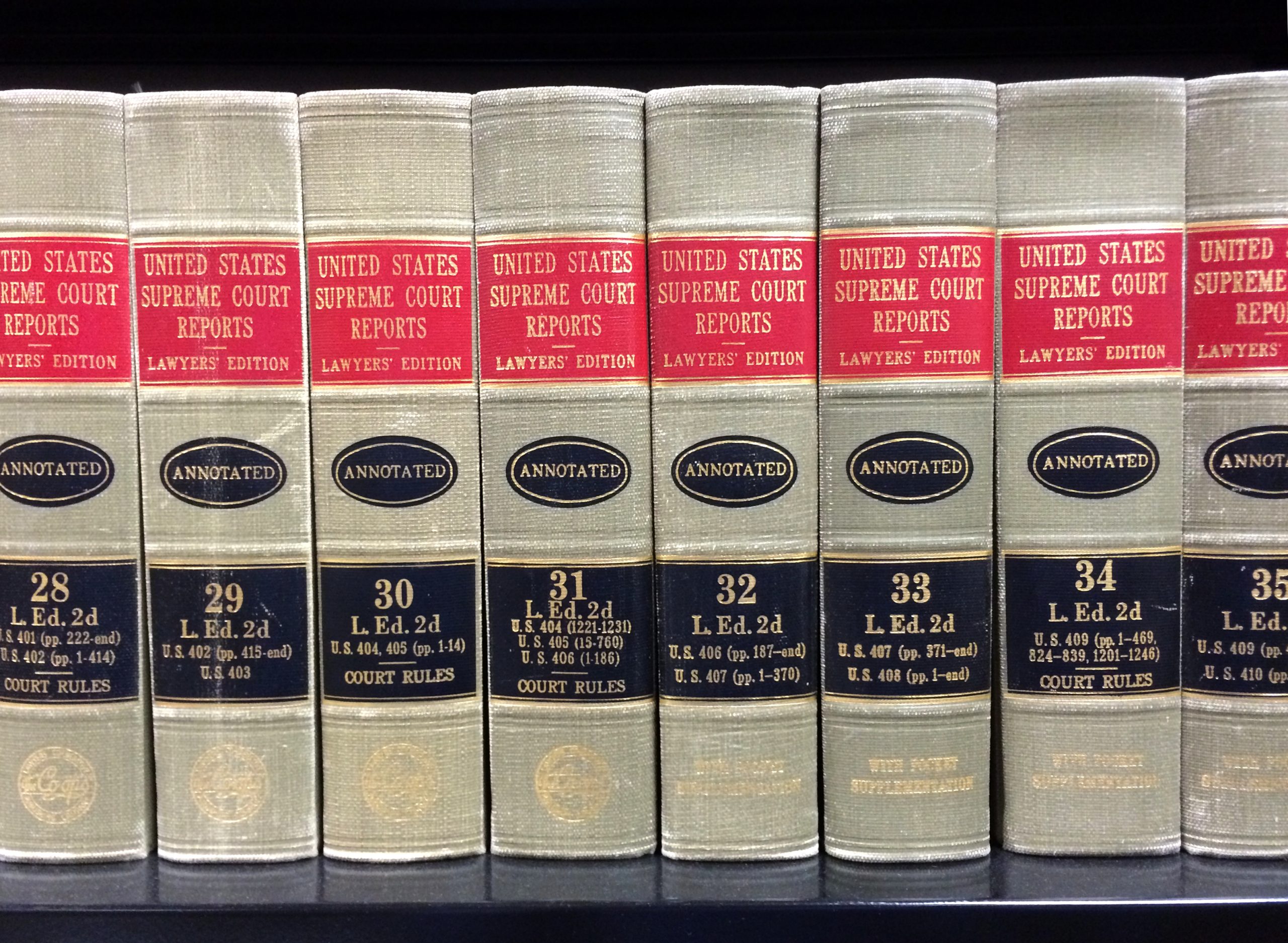If you are facing a trial, the final decision in your case may be based on rules of law created by previous cases. This is different from statutes and rules. “Caselaws” or “precedents” means the rules established by those decided cases. The judge cites the caselaws as an example to justify their present case decisions. Attorneys cite caselaws in pleadings, too. The caselaw that a court cites depends on whether your case is in federal or state court. Further, the jurisdiction that is seeing the case decides whether courts should apply a caselaw, or if they have any choice at all.
Are judges bound to follow caselaws in each case?
It depends on the jurisdiction, that is the location of the court and its level. Lower courts must cite case opinions given by higher courts in the same jurisdiction. This is the mandatory authority. For example, the decision of a state’s Supreme Court is binding upon the lower-level courts such as trial and appeal courts. Also, the judgment issued by SCOTUS is binding upon all federal courts and state courts.
But, lower courts have the discretion to apply caselaws issued by higher courts in a different jurisdiction. This is persuasive authority. For example, a court in North Carolina may or may not cite a judgment issued by a court in Massachusetts. A lower court may cite an out-of-jurisdiction caselaw if the legal opinion is exactly on point or the case has newly ruled on an emerging issue and more.
How do you know which court’s caselaw applies to your case?
The hierarchy of courts will help you determine which court’s caselaw is binding. In the federal court system, there are three main levels. The lowest level is the federal district court. They conduct trials of federal cases. Next is the federal circuit court. Here, you can file an appeal of the federal district court’s decision to the federal circuit court. Last, the Supreme Court of the United States. This is the highest court that takes final appellate decisions. The Supreme Court’s decisions are binding upon all lower courts.
The state court system varies in each state. There are four main levels. The highest court is the Supreme Court of a state. Some states also have an intermediate Court of Appeals. The lowest courts are the trial courts like the superior court, district court or circuit court. There are special courts, too. Such as probate court or housing court.

How to find caselaws?
Caselaws are publicly available. Some courts publish landmark cases on its website. Also, there are legal database websites that publish caselaws for free. For example, Justia contains all federal as well as state courts’ caselaws. You can also find caselaws on paid legal research websites such as LexisNexis or Westlaw.
There is a special format to refer to caselaws, that is a citation. It helps to determine the exact reference to a caselaw. For example, Roe v. Wade, 410 U.S. 113 (1973) is a legal citation. Here, Roe and Wade are the names of the parties to the case. The case appears at volume number 410 of the United States Supreme Court Reports on page number 113. The case was decided in the year 1973.
The Takeaway:
The final judgment of your case may be based on a caselaw. A caselaw is a rule, based on prior cases. Also, lower courts are bound to follow the legal opinions established by a higher court situated in the same jurisdiction. Courts in other jurisdictions may also follow these decisions, but it is optional. You can find caselaws applicable to your case on various legal database websites. Knowing these caselaws will help you better understand the outcome of your case.






